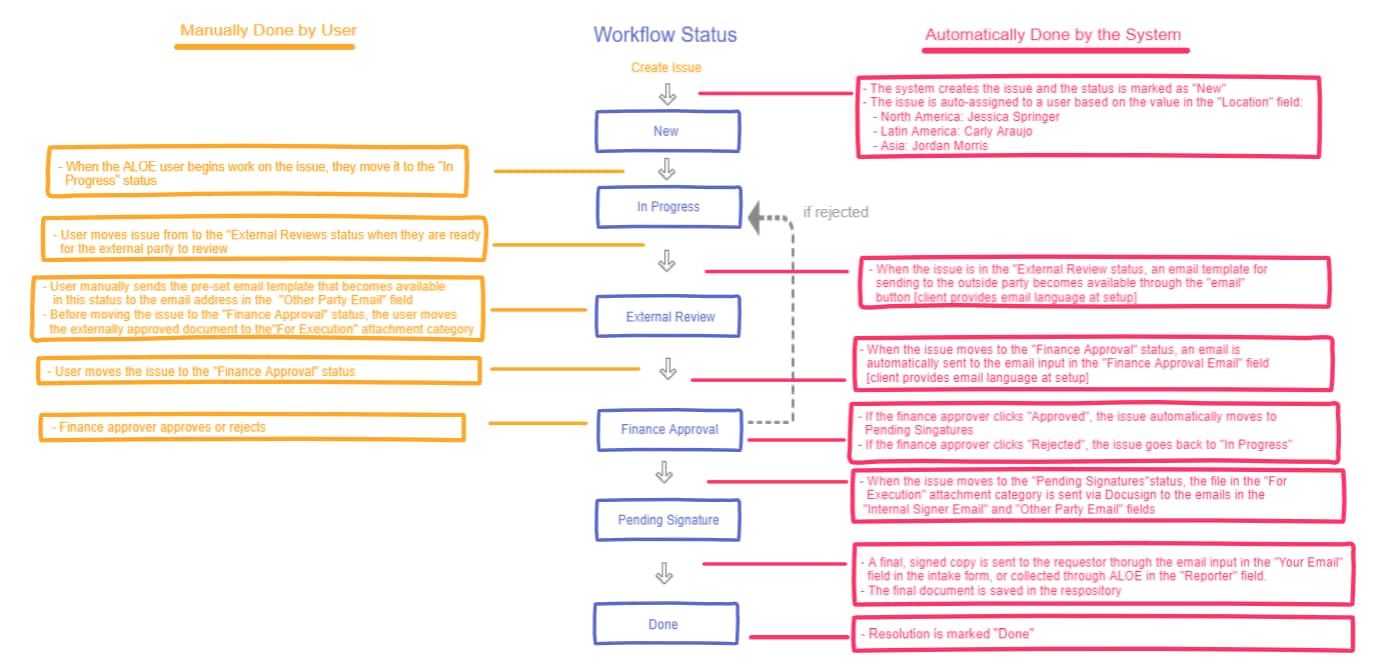Legal Operations is not an accident. For at least the last decade, in house legal teams have been told to bring more work in-house while their overall budgets have been cut. The ‘do more with less’ mantra has become so ingrained in our minds that it’s now taken for granted that we annually examine our spend for places to cut costs and plans to build our teams so we can keep as much work internal as possible. At the same time, we have to justify every penny in the budget. Now more than ever, internal legal teams need to leverage technology, like legal operations software, and process to manage their day to day not just major e-discovery projects. Unfortunately, for all their love of Apple products, lawyers are rarely tech geeks. At least not the kind of tech geek that naturally sees when and how to implement technology and process to make that day to day easier while actively in the weeds doing said day to day responsibilities. That’s why more and more legal teams include one or more employees dedicated to legal operations.
A legal ops professional spends the majority of their time focused on creating, implementing and managing the operational flow of legal work throughout a company. Having legal ops professionals on your team can be heaven-sent with gained efficiencies, improved visibility into workload management, and better overall reporting up the chain to make justifying those pennies easier. Unfortunately, legal ops people are still scarce in most teams, even more so in smaller legal departments. So what’s an in house lawyer to do?
Step one is to realize that the creation and implementation of legal operations should not be done by accident. While defining a comprehensive operations strategy doesn’t happen overnight, it’s worth the effort. Not defining an operations strategy will lead to a hodgepodge of ad hoc procedures that take more time and create more problems than they solve.
Step two is to take stock of what your department really does. No two departments are exactly alike. Although we all do legal, some teams focus almost exclusively on contracts with very little work from other areas. And not all contracts have the same focus – a company with a large sales force and dozens of products is bound to have some complex process requirements. A company that purchases a lot, may have the bargaining power to require their templates and follow pretty strict policies. Other teams don’t do a lot of contracts but may have a high focus on employment issues and litigation. Others are intense in corporate work. Depending on the needs of your company and the strengths of your internal teams, your process will be different than your colleagues by necessity. Rank the top 5 types of issues that your department spends its time on, this is where you should initially focus on creating some operational efficiencies.
Step three is probably the most depressing one. Once you’ve identified where your team spends the most time, you have to look at what is working in those areas and what isn’t. You’ll find some easy low hanging fruit – Do you have to spend days tracking down necessary approvals, making it take twice as long to review a contract? Does your integration team move too fast for your corporate team to keep up? More complicated concerns are identified by the smaller issues that add up – Are you still getting hallway requests for legal advice? Do contract review requests or revisions get lost in your email? Do you stress about missing IP registration deadlines?
Step four is the most fun, but can also be frustrating. Now that you have your big issue types and their big flaws, think about tools and processes you can put in place to ease the burden. Almost every department starts out with group emails and excel spreadsheets. While these techniques work, they’re not scalable with the growth of the team or the volume. Others find using a combination of software or tools tailored to specific issue types can ease the individual burdens. With this approach, there is some efficiency loss in collaborating between the tools, but most things are tracked and potentially automated. Ideally, you can use a tool like ALOE that integrates all the software you prefer or offers an all-in-one solution that tackles every issue type in your top 5.
Finally, you’ll need to define the processes that you will implement using the identified tools. This can be a single point of entry for legal requests via an intranet page or email account, an automated contract workflow with digital signatures, project planning for M&A work, docketing for IP, approvals for litigation settlement, etc. Defining these processes is where most teams get stuck. Even after you’ve purchased that contract management software, implementing the contract workflow can be overwhelming. Take it one step at a time, and if possible take advantage of the commonly used pre-defined processes like the ones integrated into the ALOE off the shelf version. Customization and tweaking can be added as you go, and as you grow. Performing this analysis on an annual basis will ensure that your legal operations function excels even if you’re not lucky enough to have full-time legal operations professionals on your team.





